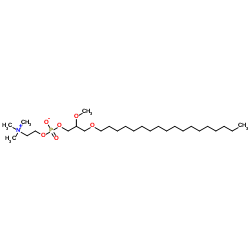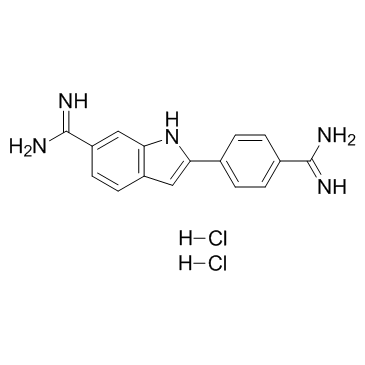| 结构式 | 名称/CAS号 | 全部文献 |
|---|---|---|
 |
甲醛
CAS:50-00-0 |
|
 |
依地芬
CAS:70641-51-9 |
|
 |
地塞米松
CAS:50-02-2 |
|
 |
成纤维细胞生长因子
CAS:106096-93-9 |
|
 |
4',6-二脒基-2-苯基吲哚二盐酸盐
CAS:28718-90-3 |